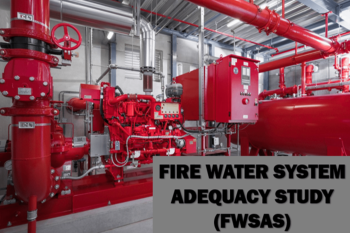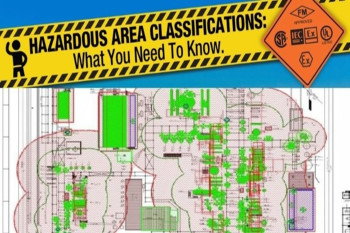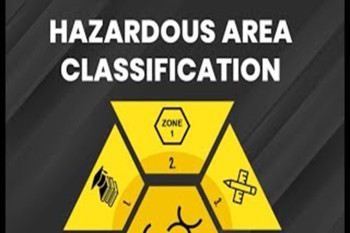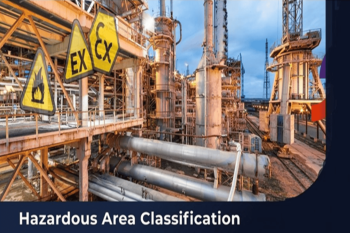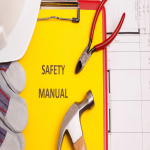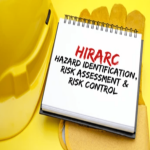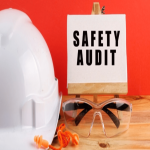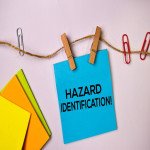METHODOLOGY FOR SAFETY AUDIT STUDY
1. OBJECTIVE
The objective of a safety audit is to systematically assess the effectiveness of safety measures and procedures within a workplace or environment. Through the audit process, potential hazards are identified, existing safety protocols are evaluated, and recommendations are made to enhance safety standards and mitigate risks. The ultimate goal is to promote a safe and healthy environment for employees, visitors, and the community.
2. ORDER OF PRECEDENCE
IS:14489
As per Client Guidelines
National & International reference books.
3. Proposed Methodology
3.1. Introduction
Safety Audit is legally abided by various legislations and many of the industries are conducting safety audits to check the level of safety in the organization and routes of the safety management system. But there are common legal requirements which are applicable for all industrial units.
In all those industrial units, where a safety program is oriented towards controlling work injuries, obviously, the tool used for measuring company safety performance will be the frequency and severity of work injuries, as compared to employee exposure. Apart from being restrictive, this method of evaluating company safety efforts is reactive, and not proactive. To correct this deficiency, modern program evaluation methods take into consideration all consequences of undesirable events. Thus, they include injury rate, incidents rate, material damage, business interruption and liability compensation. This is, however, possible only when consequences of accidents are coasted on and recorded scrupulously by designing and implementing suitable management information systems.
The most commonly used modern tool for program evaluation is the “Safety-Audit”, which is now a statutory requirement for units dealing with hazardous materials and processes. While carrying out a safety audit, an attempt is made to identify and assess management efforts towards each element of the safety Programme, evaluate this against standards established by the company, national, international and statutory requirements. In the process, deficiencies are identified and corrective measures undertaken. Periodically, follow-up audits help to monitor implementation of safety audit recommendations. Thus it can be seen that Safety Audit is a complete, result oriented proactive tool to evaluate company safety efforts.
3.2. Methodology
Opening Meeting
Before starting safety, audit safety auditor will hold an opening meeting with auditee team members from client. The agenda for opening meeting will be of sharing pre-audit finding and discussion on major area of focus as regard to dangerous machines/operation/applicable schedules/chemical hazards/applicable act & rules
Site observations
Site observation will be noted by the auditor in separate sheets as per chapter 3 of this manual in separate sheets and area wise. The observation will include unsafe conditions and practices observed during the plant visit
Document Verifications
The documents are verified on site as well as in the conference room. Some of the critical documents must be kept in fire safe that also has to be verified and tagged.
Debriefing Meeting/Closing Meeting
The closing meeting provides high-level authorities with information relating to the findings and recommendations of the audit team. The meeting should ensure that the auditee team members/industry clearly understand the situation as audited by the HSE Consultant team and are able to start work on a corrective action plan, should it be deemed necessary. The meeting should emphasize the most significant safety issues and concisely present the team’s findings and opinions regarding the effectiveness of the Industry’s safety system.
Reporting and Recommendations
At the end of the Audit, a comprehensive safety audit report will be provided on the findings of the Audit and recommendations for the next course of action. The recommendations suggested for risk improvement are given.
Figure 1: Safety Audit Methodology Flow sheet
3.3. Guideline Used for Safety Audit Study
As per provisions of Hazardous Chemicals Rules 1989, under EPA 1986 (29 of 1986) the Ministry of Environment & Forest (MoEF) has issued notification dtd.03.10.94 through rule no.10, independent Safety Audit with help of outside expert, the audit has been made mandatory, such audit be carried out once a year & same should be submitted within 30 days are some of the main points mentioned.
Safety audit is being carried out as per Indian standard IS:14489.
3.4. Software to be used
PHA Pro version 8.19 software.
3.5. Project Deliverables
Table 1: Safety Audit Study
DISCLAIMER
HSE Risk Management Services Private Limited accepts no liability or responsibility whatsoever for it in respect of any use of or reliance upon this Methodology by any third party.
Copying this Methodology without the permission of HSE Risk Management Services Private Limited is not permitted.

